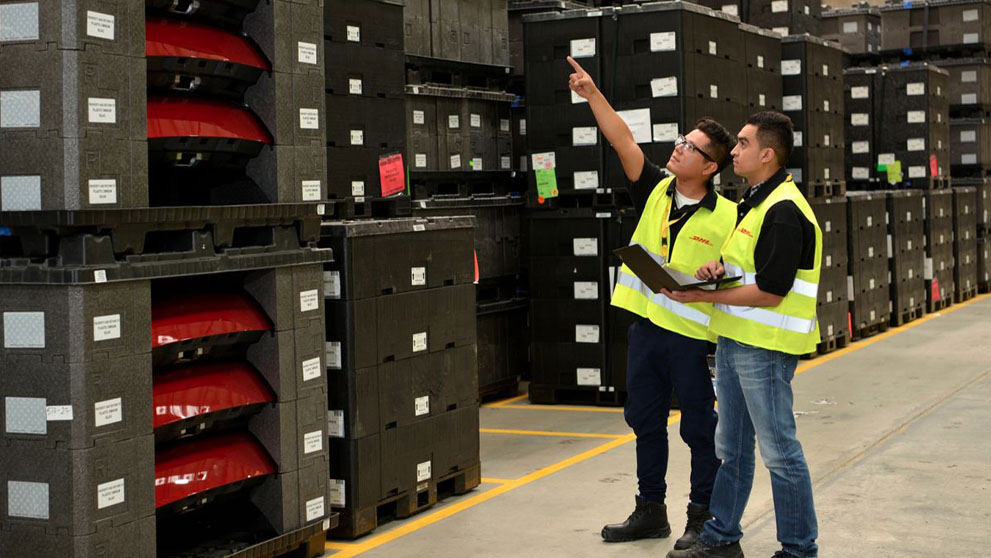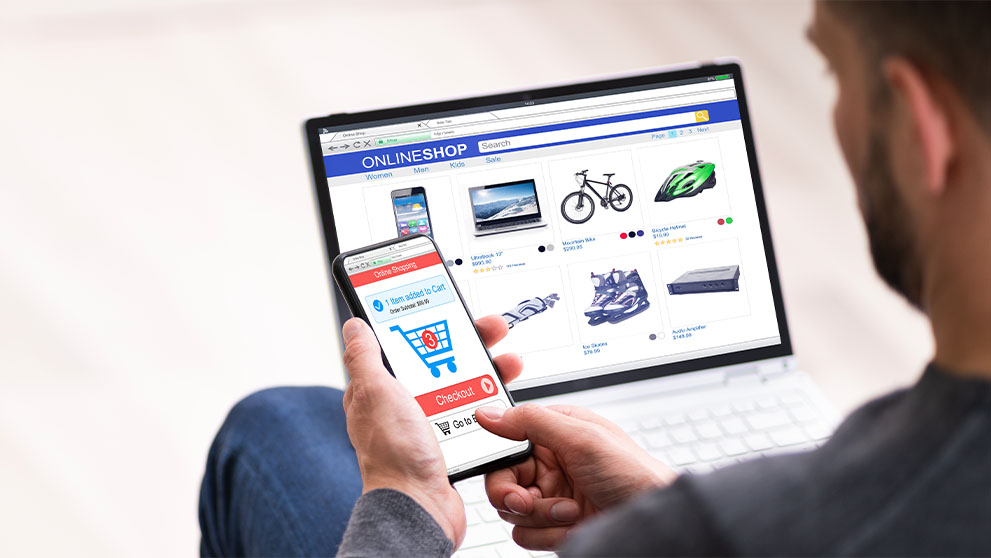What does this mean for businesses? It means they need to have a significant online presence or risk losing out to competitors that have transitioned to digital models. Offering the option of buying products online alongside brick-and-mortar shopping allows you to ride the e-commerce wave also start selling your products internationally.
The benefits of running an online store also go beyond increasing sales. An e-commerce store will help you diversify your product catalogue, efficiently manage inventory, and target specific markets. Building exposure and brand awareness for your e-commerce store is the first step when setting up your online business. How do you go about this? In this article, we list new strategies you can employ to promote your e-commerce website and increase online sales.
Tips to boost e-commerce exposure
Online traffic is measured by how many web users visit your e-commerce website. Here are four website exposure tips for driving quality traffic to your e-commerce store.
1. Learning about your customer
By trying to sell to everyone, businesses usually end up selling to few. Many businesses spend too much resources gathering traffic without first having a conversion strategy in place. Focus instead on attracting quality traffic that has a higher potential of converting. The first step to doing this is knowing who to target.
Successful e-commerce businesses know their ideal customer intimately and formulate strategies that appeal to them. They understand a customer’s demographics, their needs, values, preferences, pain points, and other vital details. Having such data enables them to create a visual identity and a brand voice that resonates with their target audiences.
Start by conducting market research and gathering data about your target audiences. Conduct interviews, field studies, and use social platforms to collect data. The goal is to get as much accurate data about a customer. Going through this process will prove to be vital in your subsequent efforts toward targeting the right customer.
2. Optimise your website for search ranking
HubSpot’s 2022 survey revealed that organic search is the second largest source of website traffic after direct traffic. This means that you’ll need to boost your website’s ranking on search engines to get that visitorship you need.
Most websites rank in search results due to content relevance, utility, authority, and overall site health. To ensure your website receives adequate online exposure, start optimising your e-commerce website. For your website to appear amongst the first few searches, employ the best Search Engine Optimisation (SEO) practices.
Websites that provide useful content will rank more organically in search results. Search engines, such as Google, prioritise websites that provide people-first content. Develop strategic content strategies, create quality content frequently and include relevant keywords. It’s also important that you keep up to date with the latest Google algorithm updates, which place emphasis on a changing list of factors.
3. Market your business on social media
With so many brands jumping on social media, you shouldn’t fall behind. Having an effective social media strategy is an excellent way to generate leads for your e-commerce business. Your social media marketing goal should first focus on connecting with your customers. Avoid creating only product-related content; post content that inspires, entertains and informs. During the initial marketing funnel stage of brand awareness, it’s important to connect and build rapport with your target audiences to eventually be able to direct potential customers to your e-commerce website.
It is also important to take into consideration the market you’re selling to. For example, Twitter is a popular social media platform in Japan, with close to 59 million users from the country. When selling there, having a Twitter account can help you successfully engage your Japanese customers.
4. Start blogging on your e-commerce website
Blogging can be a great way to boost exposure for your e-commerce business. Posting regularly humanises your business as it helps to put a face behind the brand. This can help consumers become familiar with your brand.
Producing insightful content for your readers improves their credibility and trust in your brand. Most businesses share industry-related news and information on their blogs. You can also cover commonly-asked questions raised by consumers to generate traffic from search results. Keep in mind that the quantity and quality of content are key factors that determine website ranking.
How to convert web traffic into online sales
Once your e-commerce website has attracted qualified leads, you need to focus on nurturing your leads and guiding them down the funnel towards purchasing. To boost your online sales, develop marketing strategies geared towards customers in the consideration and conversion stages. Some methods involve copywriting, funnel marketing, retargeting, and incentivising these customers. Get as creative and practical as possible with your conversion strategies for the best results. One thing to avoid when converting traffic is hard selling. Not all customers that visit your e-shop have decided to buy from you. Instead of being pushy and invasive, persuade them to purchase from you by being clear about product benefits.
Another strategy is to let your customers speak for you. Providing customer testimonials on your website and allowing customers who have purchased your products to share reviews is an effective way to gain conversions. It boosts your brand’s credibility and helps you quickly establish trust with a potential customer.
Managing increased online sales
With a well-thought-out brand awareness strategy in place, you will see an increase in e-commerce sales. This can then mean an overwhelming number of sales orders. To effectively handle this growth and demand, and to continue delivering your products to consumers, consider partnering with a reliable, experienced logistics company. Let a third-party logistics partner like DHL Express take care of your delivery needs while you handle other aspects of the process.
DHL Express is a global logistics partner with experience in international express delivery shipping. With a wide delivery network in over 220 countries, you can further increase your online sales by expanding overseas. Open a DHL Express business account today and leave all your overseas shipping logistics operations to us.

























